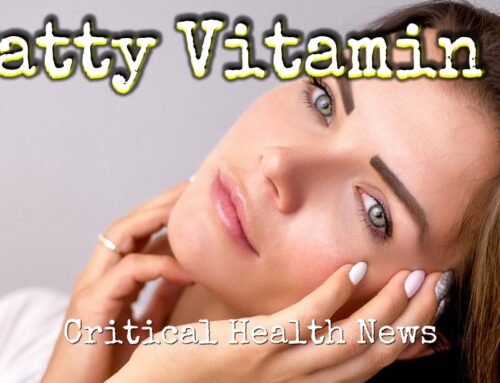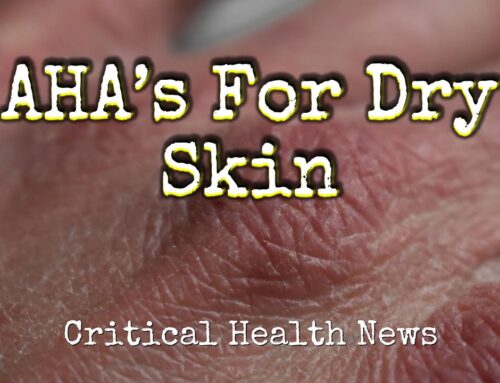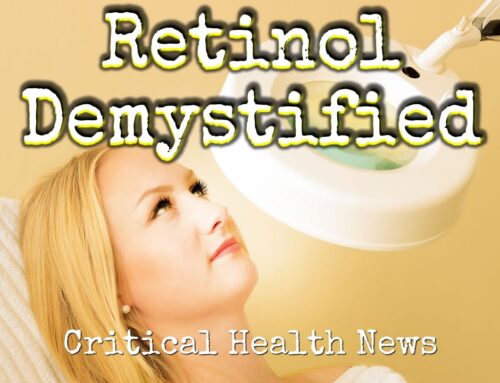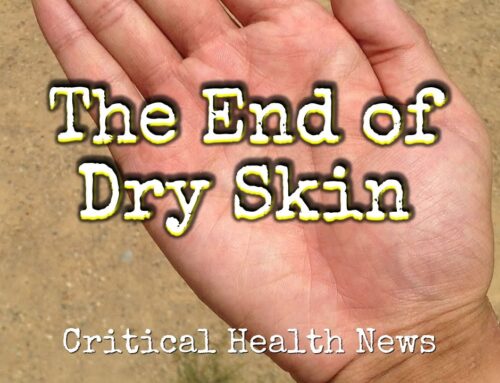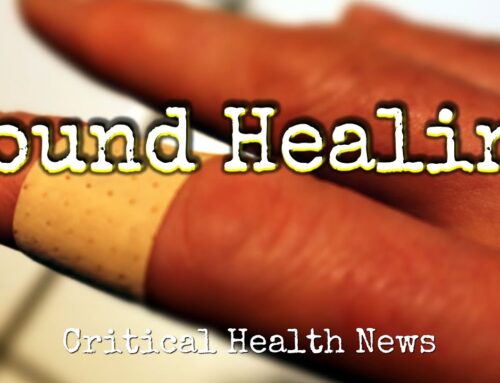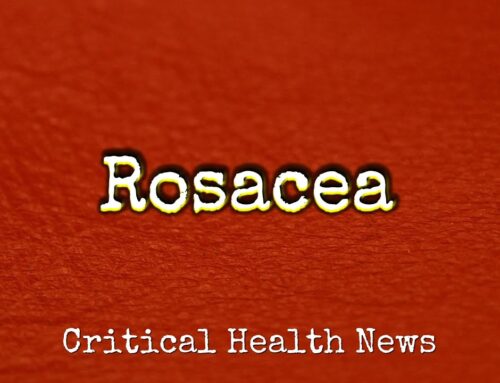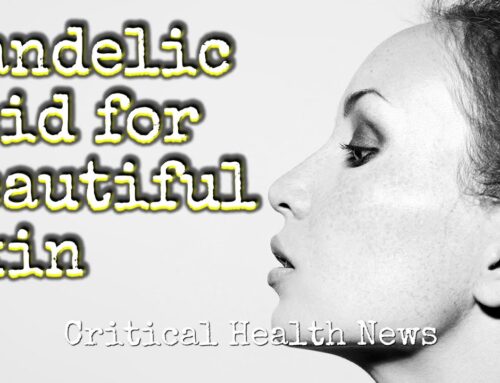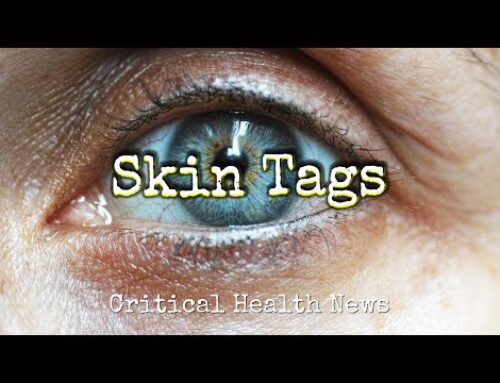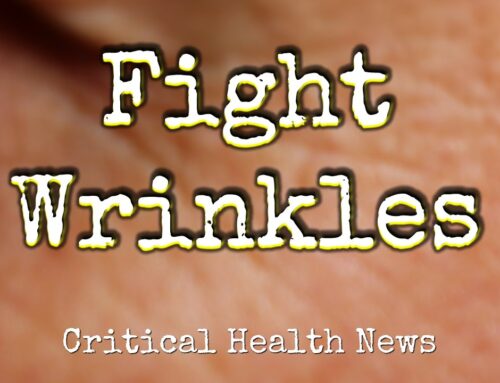The sun is an incomprehensibly vast nuclear reactor that fuses hydrogen into helium and in the process emits 400 trillion watts of energy a second. This energy is emitted outward in electromagnetic waves, which stream towards our planet in various frequencies and sizes, two of which are designated as UvA and a faster shorter wave called UvB.
While most of us associate these high energy waves with aging and cancer, they also provide some important health benefits. UvA, as it turns out, activates the production of nitric oxide, which protects epidermal cells from sun damage and has beneficial anti-inflammatory and heart health effects. UvB contacts the cholesterol-like substance in the skin to produce a hormone called cholecalciferol (aka vitamin D), a critical immune boosting and anti-aging molecule.
A third wave, shorter and faster than both UvA and UvB, is called UvC. Ordinarily, it’s blocked by ozone in the earth’s atmosphere, which is a good thing, because UvC is really high energy. It can be very carcinogenic and damaging to human cells and tissues. Still, like the sun’s other two ultraviolet waves, UvC may also deliver benefits, particularly as a disinfectant that can kill bacteria, fungus and microscopic parasites.
Cycling air through a UvC generator is an effective purification strategy. Even viruses are not immune to the antimicrobial properties of UvC waves. According to research carried out at Columbia University’s Irving Medical Center, solar UvC was able to kill more than 99.9 percent of viruses, including coronaviruses found in airborne droplets.

